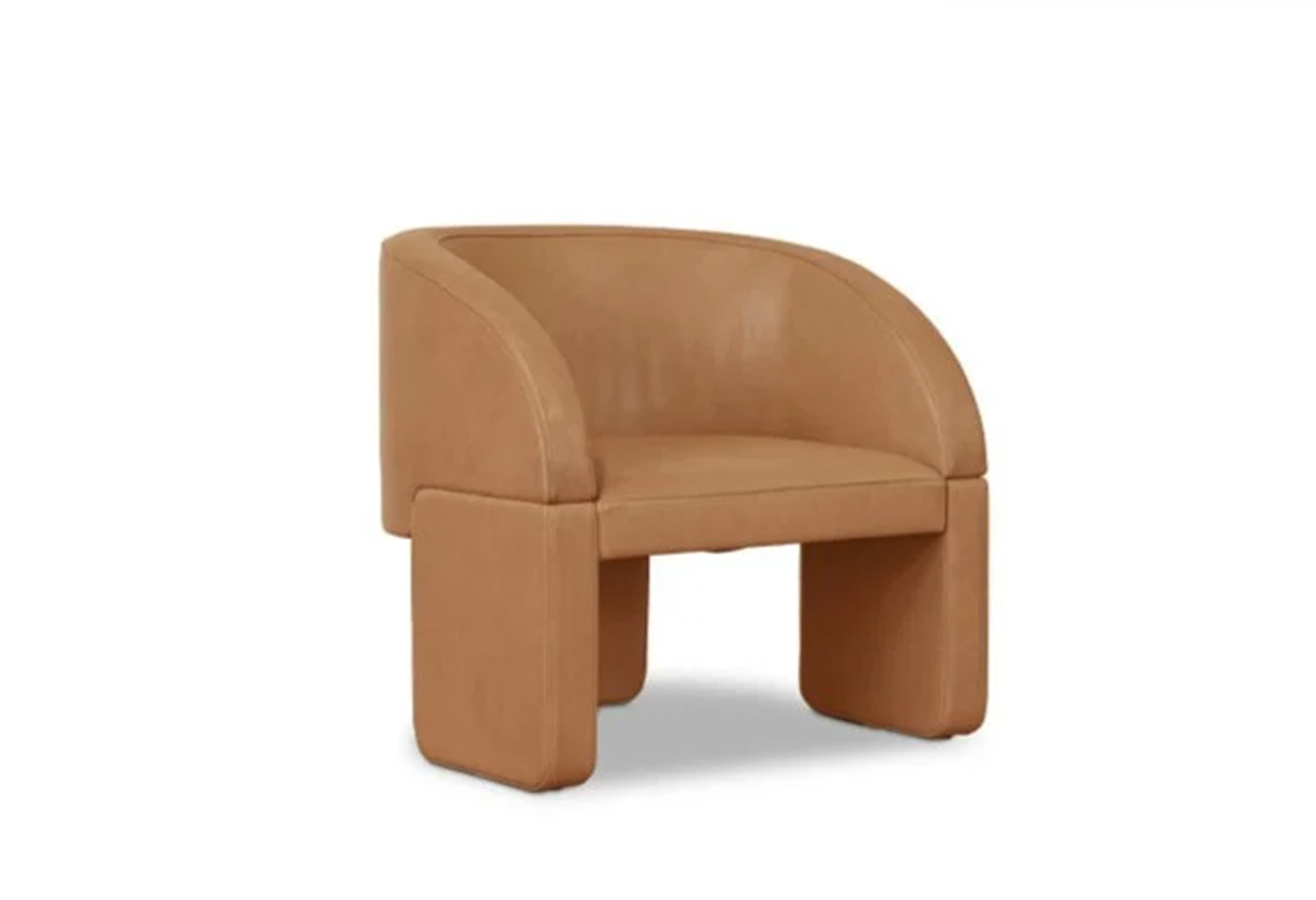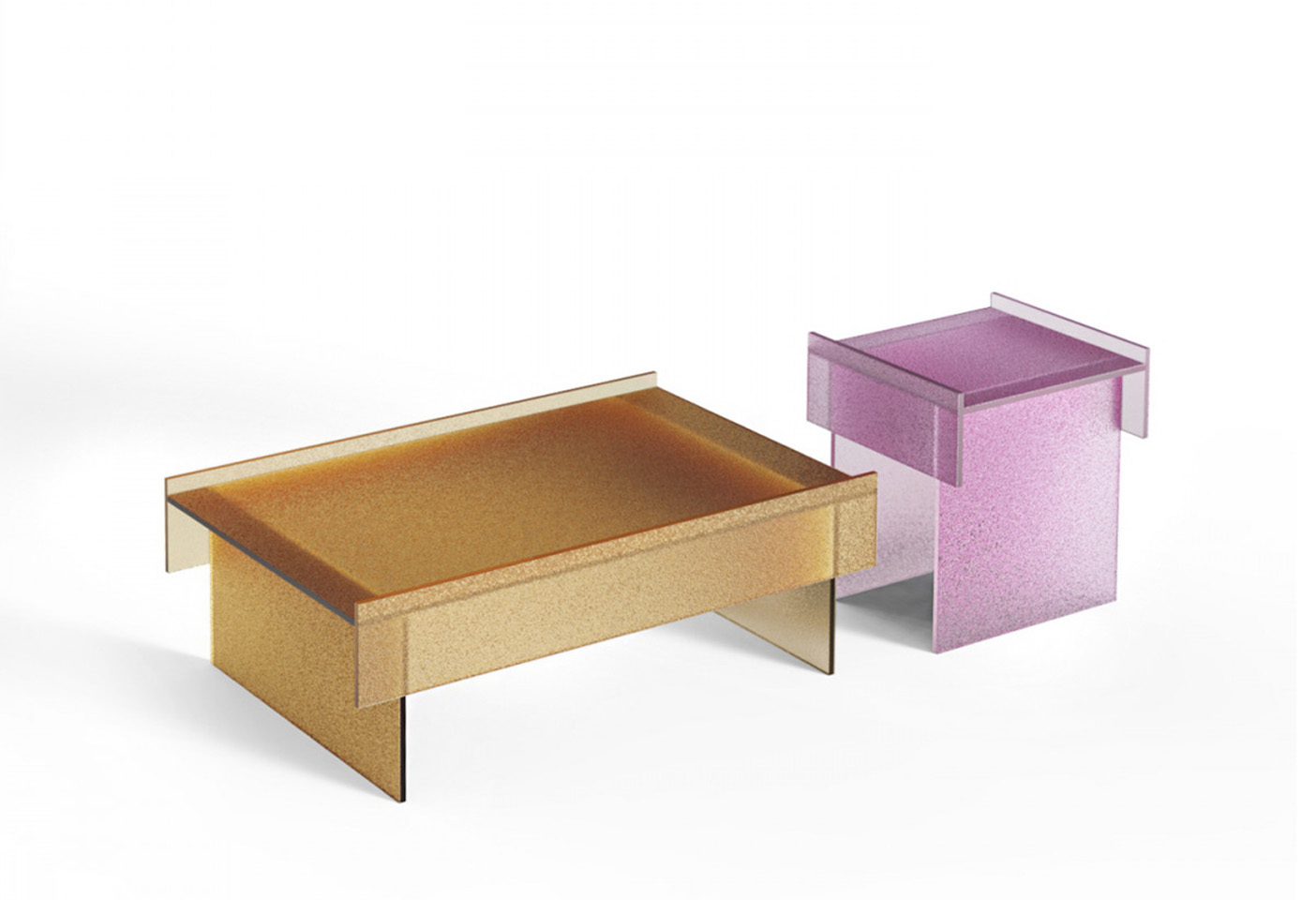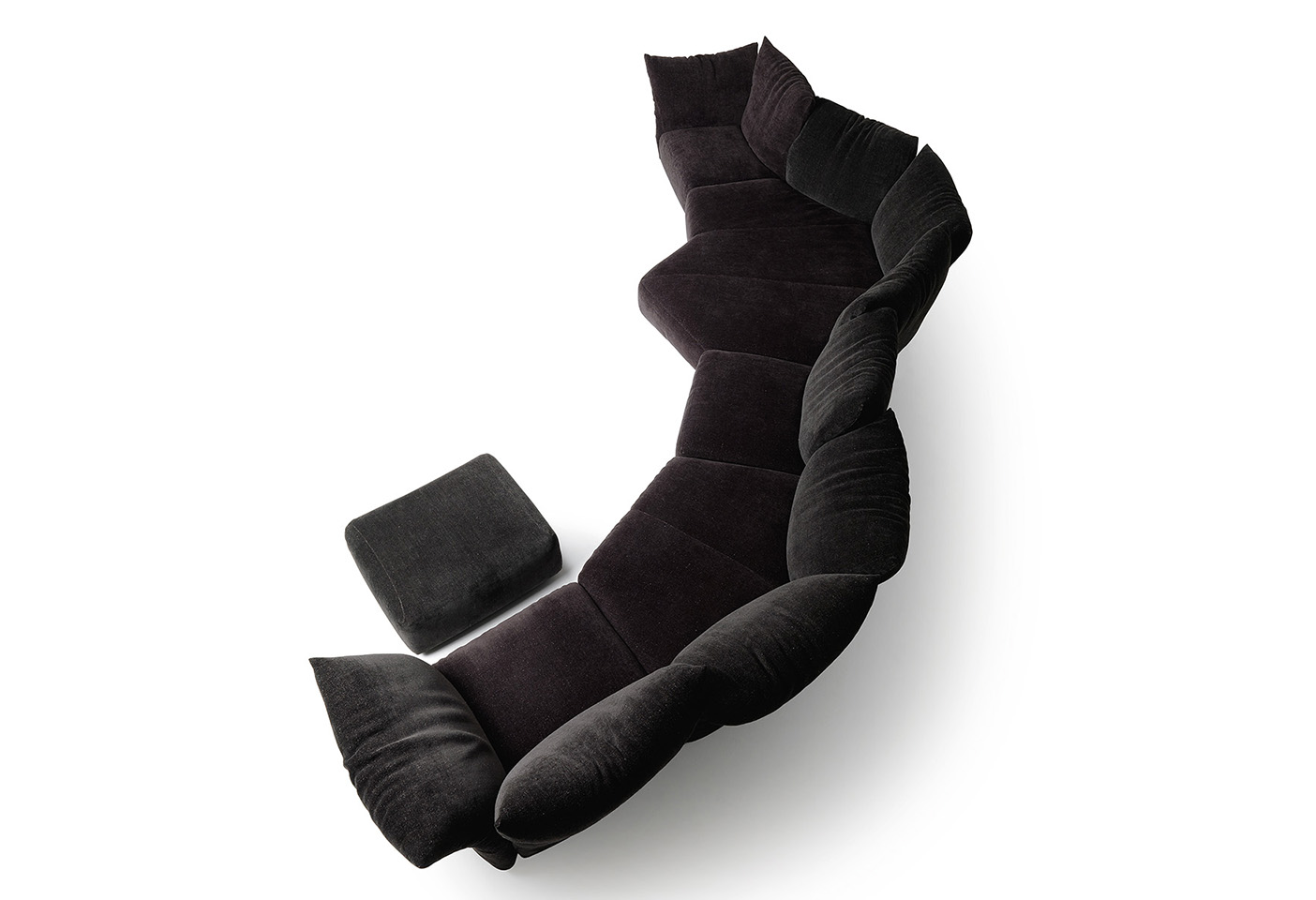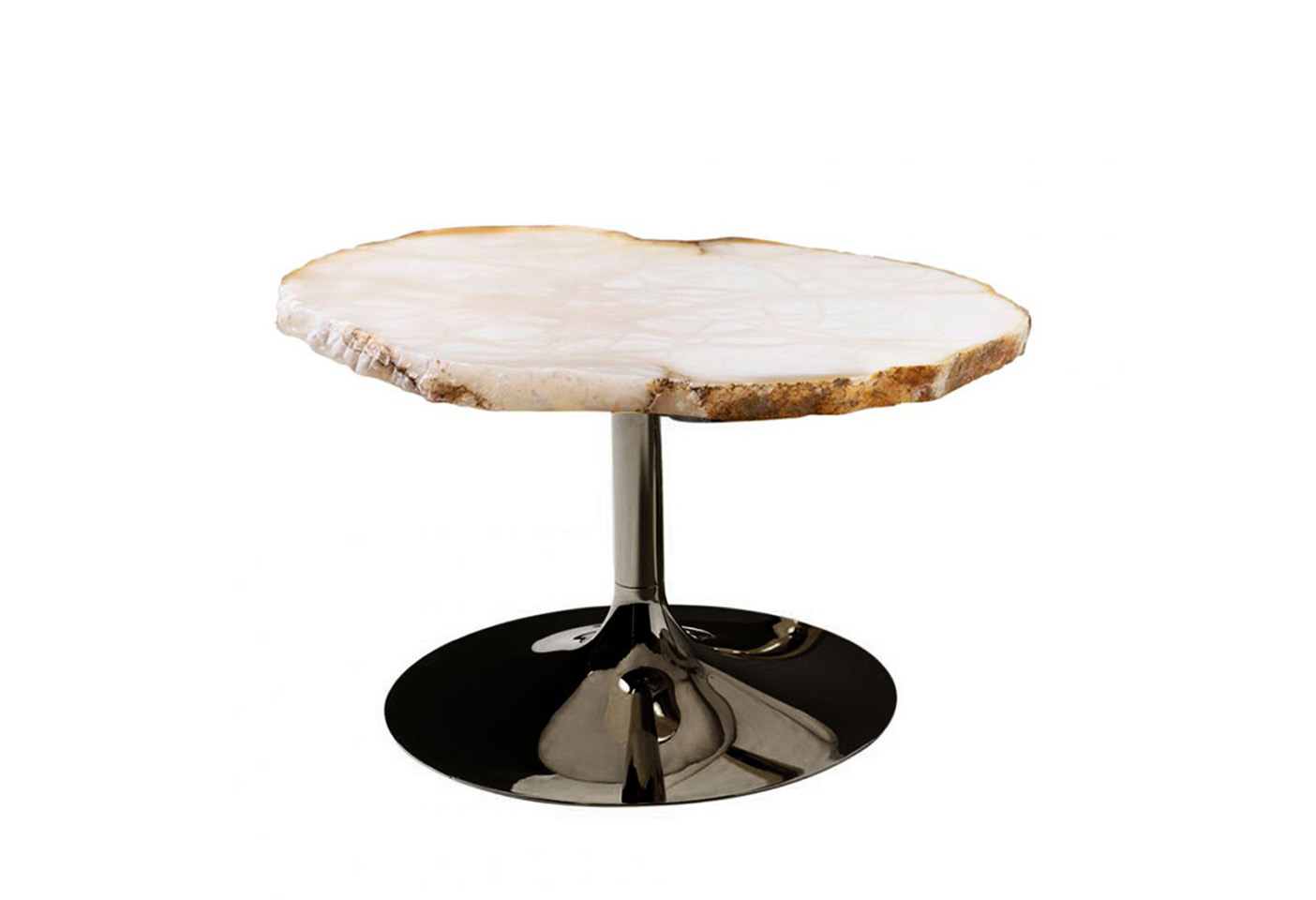
As Ed van Hinte remarks in the book ‘Eternally Yours: visions on product endurance’, 'Objects should somehow express that throwing them away is a crying sin at all times. One way to do this is a simple matter of quality. If a well-made chair hardly shows any traces of wear as it gets older, chances are that it will stay in use for a long time. And if time does influence its appearance it should become more beautiful with age.’ The more a design connects with us, the more likely we are to make it part of our lives and pass it on. Buy once, buy well, is a core component of circular design thinking and central to Space’s philosophy.

The classic 'with a twist' leather Lazybones armchair by Paola Navone for Baxter. Photo c/o Baxter.
When the book ‘Eternally Yours: visions on product endurance’ launched in 1997, its writer Ed van Hinte posed questions about sustainability and how we increase the durability of products through innovation, beauty, quality and an entrepreneurial rigour focused on design with a sustainable spirit. While it also explored the ephemeral qualities that make some products so loveable.
It’s a theme that More Space is exploring through the work of designers and architects as they reveal the pieces of design they love and the way furniture can define a moment, and also the way design influences the way we live and make us happy.
As Van Hinte remarks in the book, 'Objects should somehow express that throwing them away is a crying sin at all times. One way to do this is a simple matter of quality. If a well-made chair hardly shows any traces of wear as it gets older, chances are that it will stay in use for a long time. And if time does influence its appearance it should become more beautiful with age.'

The traditions of Murano glassmaking are found in the Simoon glass coffee table collection by Patricia Urquiola for Glas Italia. Photo c/o Glas Italia.
'Objects should somehow express that throwing them away is a crying sin at all times. One way to do this is a simple matter of quality. If a well-made chair hardly shows any traces of wear as it gets older, chances are that it will stay in use for a long time. And if time does influence its appearance it should become more beautiful with age.'
Ed van Hinte, ‘Eternally Yours: visions on product endurance’

The iconic Standard sofa for Edra designed by Francesco Binfaré. Photo c/o Edra.

The always unique and ever collectable Edra furniture collection includes the Cicladi side table designed by Jacopo Foggini. Photo c/o Edra.
On one hand the furniture and objects we gather around us can connect with us through their craftsmanship and innovation, materials and history, the designer and the maker, on the other, a chair, a lounge, a favourite stool, is often chosen for deeply personal reasons connected to beauty or a nostalgic memory frozen in time.
What we collect and why, says everything about who we are. Our first design piece might represent growing up, being independent and finding a creative voice. A sofa designed 50 years ago may grab attention for its groundbreaking ideas that transformed how we relax at home. While objects can also weigh in intellectually on social or political change. Ultimately, the things we collect allow us to charge them with our own personal values, as they quietly, or boldly, weave their way into the daily rituals of life.

